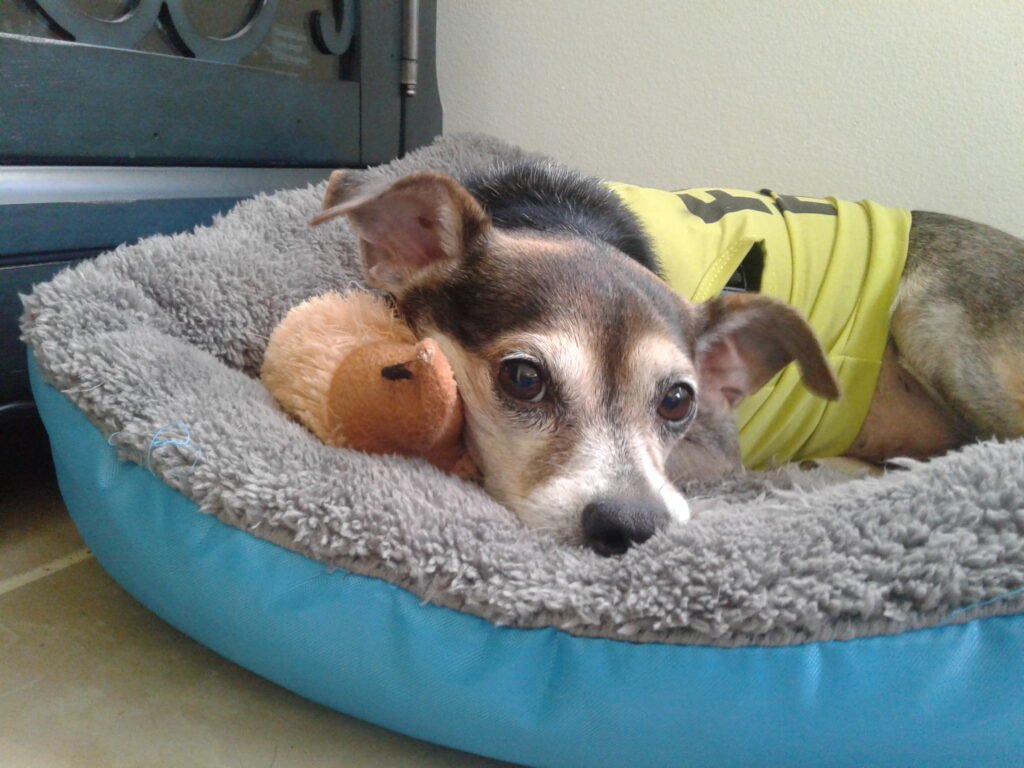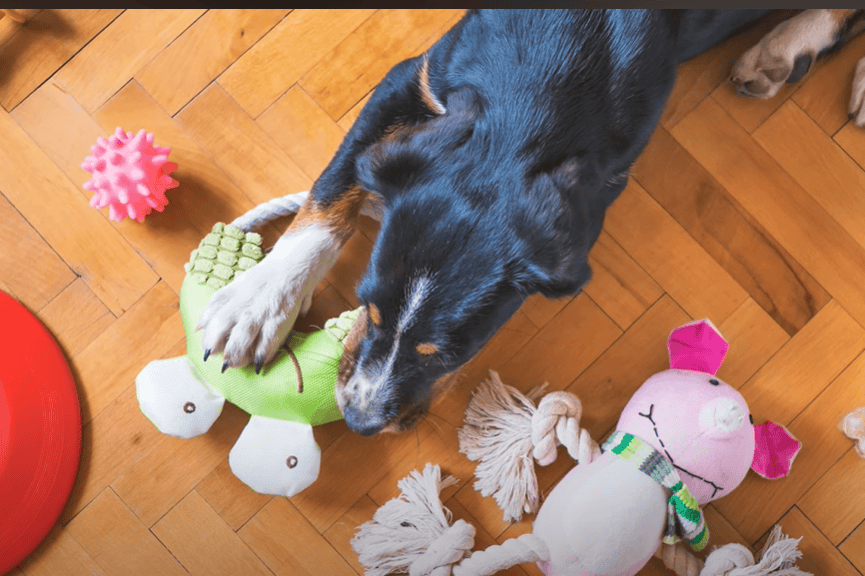Have you ever watched your dog parade around the house with a beloved stuffed toy, tail wagging and eyes sparkling like a kid at Christmas? Maybe your pup curls up at night, plushie tucked under their chin as if it’s the most precious thing in the world. It’s both adorable and a little mysterious. Why do our furry friends form these heart-melting bonds with their plushies? The answer isn’t just cute—it’s packed with meaning about how dogs feel, think, and connect with us and their world.
Comfort From Puppyhood Memories
For many dogs, plushies are more than just toys—they’re a soft echo of puppyhood. When puppies leave their mothers and littermates, they often feel a little lost or anxious. A plush toy becomes a stand-in for the warmth and softness of family, making the transition to a new home gentler.
Even adult dogs may cling to plushies when they crave comfort or a sense of security. You might notice your dog snuggling their toy after a stressful day or during thunderstorms. That’s because these toys trigger safe, soothing memories, helping your dog relax and feel at home.
Instincts That Run Deep
Dogs are natural-born hunters, even if their wild days are long behind them. Plushies can awaken their instincts in a safe, playful way. The soft texture, squeaky sounds, and size of many plush toys mimic prey animals, letting your dog “hunt” and “capture” them.
But instead of tearing them apart, many dogs choose to carry, groom, or cuddle these toys. It’s a heartwarming twist on ancient instincts—one that’s more about nurturing than conquering. Watching your dog “mother” a plushie can be a delightful reminder of how gentle their wild roots can be.
Bonding and Attachment

Just like people, dogs form attachments to special objects. A plushie may become a “security blanket” that helps your dog feel safe when you’re not around. This attachment is a healthy sign that your dog has learned to comfort themselves and cope with daily stresses.
If your dog carries their plushie from room to room, they’re showing you just how important it is. These bonds can last for years, and it’s not unusual for a dog to favor the same toy for a lifetime. Think of it like a child’s favorite teddy bear—well-loved, well-worn, and always close by.
Scent and Familiarity

Dogs experience the world through their noses, and plushies soak up scents like a sponge. Over time, a dog’s favorite toy carries their own scent, as well as yours, creating a familiar, reassuring “scent blanket.”
This scent connection is powerful. It can help ease separation anxiety, especially when you’re away. Some dog parents even leave a worn T-shirt with a plushie for their pup during trips, giving their dog a double dose of comfort through scent association.
Managing Anxiety and Stress

When life gets overwhelming—loud noises, unfamiliar visitors, or even just a busy day—plushies can act as a calming anchor for your dog. Chewing or holding a toy helps some dogs self-soothe and manage big feelings.
If you notice your dog seeking out their plushie during storms or fireworks, it’s a clear sign they’re using it for reassurance. Encourage this healthy coping mechanism, but keep an eye out for excessive licking or chewing, which could indicate deeper anxiety that needs extra support.
Play, Joy, and Daily Routine

Plushies aren’t just comfort objects—they’re invitations to play. Chasing, tossing, and tugging with a favorite toy can spark pure joy, turning ordinary moments into special ones. Play is a natural stress buster and a vital part of your dog’s daily routine.
Some dogs even use plushies to start games with you or other pets. If your pup drops a stuffed animal at your feet, they’re making a heartwarming request: “Let’s have fun together!” Answering that call builds your bond and keeps your dog happy and healthy.
Behavior Cues and What They Mean

If your dog is gently carrying, licking, or sleeping with their plushie, it’s a sign of comfort and contentment. But rough shaking or tearing can signal playfulness—or sometimes frustration. Pay attention to changes in how your dog treats their toy.
Sudden disinterest or obsessive chewing may hint at boredom, dental discomfort, or even emotional changes. Checking your dog’s plushie habits can help you spot small issues before they become big ones, and lets you respond with extra care when needed.
When To Replace or Remove Plushies

Well-loved plushies can get pretty ragged over time. Broken seams, missing eyes, or loose stuffing can turn a comfort object into a choking hazard. Inspect your dog’s toys regularly and replace them when they show signs of serious wear.
If your dog gets possessive or aggressive over a toy, it’s okay to set gentle boundaries. Offer a new plushie or swap out favorites to avoid fights and keep playtime safe. Remember, your dog’s attachment is natural, but their health and safety always come first.

Andrew Alpin from India is the Brand Manager of Doggo digest. Andrew is an experienced content specialist and social media manager with a passion for writing. His forte includes health and wellness, Travel, Animals, and Nature. A nature nomad, Andrew is obsessed with mountains and loves high-altitude trekking. He has been on several Himalayan treks in India including the Everest Base Camp in Nepal.





